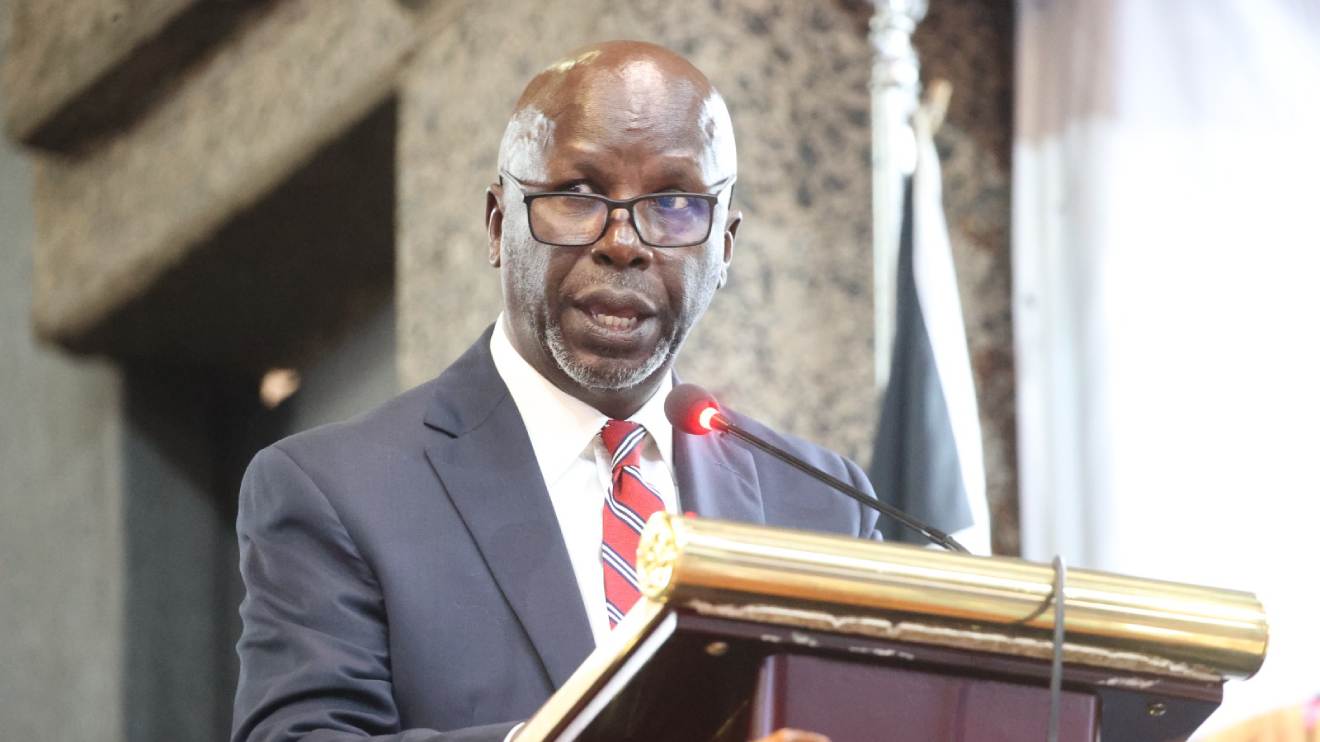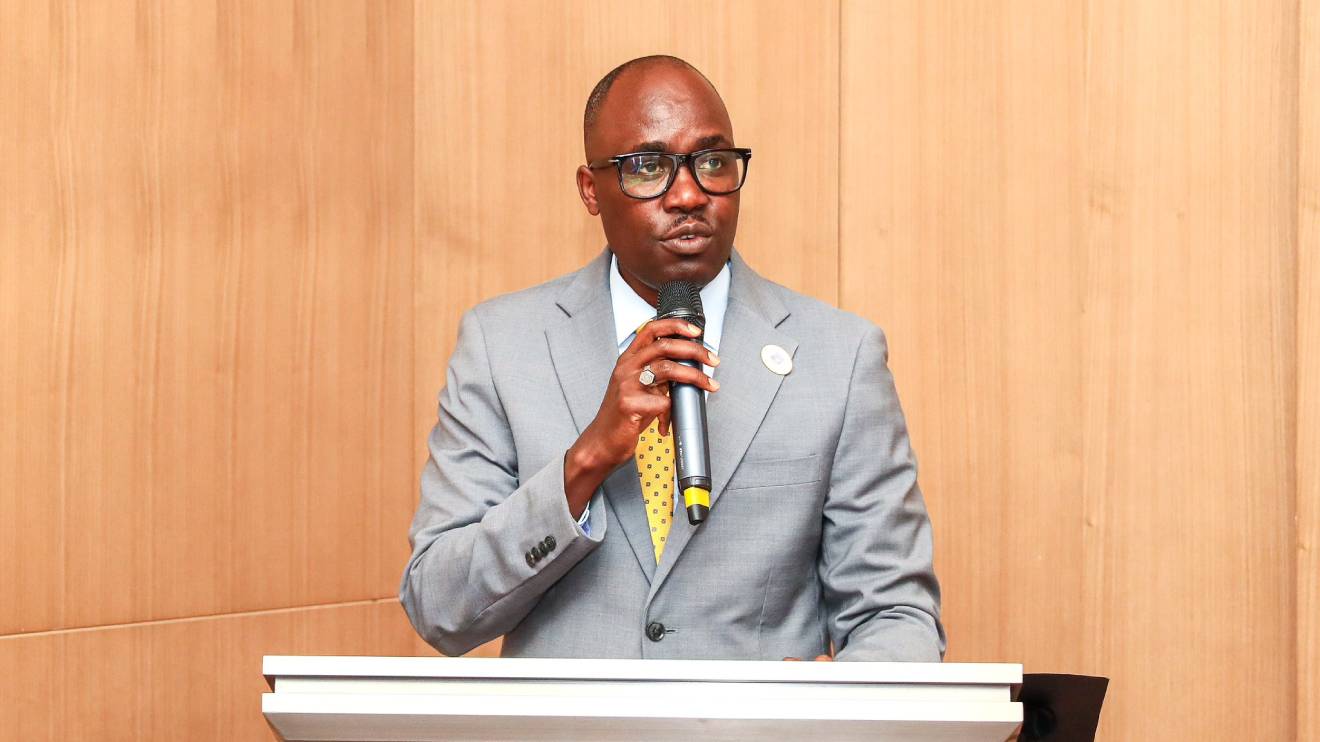Kenya's public sector has been plagued by a spectral workforce, a chilling revelation unveiled by the Public Service Commission (PSC) in its recent report.
Close to 20,000 ghost workers, undetected figures siphoning funds from the public purse, have been unearthed, casting a long shadow over the country's financial health.
This phantom workforce, siphoning funds meant for vital services, paints a stark picture of a bloated public sector draining the national coffers.
The PSC report, covering the 2022/2023 financial year, identified a chilling discrepancy: 19,467 unauthorized staff members had inexplicably materialized on government payrolls across ministries, departments, and corporations.
Ministries and state departments led the pack with over 12,500 phantom employees, followed by state corporations (4,558) and public universities (2,287).
Read More
These figures confirm Controller of Budget Margaret Nyakango's earlier reports: a staggering 70 per cent of the national and county government budgets vanish into recurrent expenditure, primarily salaries, leaving a mere 30 per cent or less for development projects.
But this spectral presence wasn't uniformly distributed.
The Kenya Medical Supplies Authority (KEMSA) topped the list, boasting a 115 per cent staff surplus compared to approved levels. Other entities like the National Water Harvesting and Storage Authority (72 per cent), the State Department for Devolution (61 per cent), and the State Department for Higher Education and Research (69 per cent) also harboured significant phantom populations.
Six organizations, including the State House and the New KCC, even possessed over 100 "extra" staff compared to official records.
These phantom pay checks weren't mere apparitions, they had tangible consequences.
The excess staff led to underutilization of existing workers, ballooning wage bills, and strained workplace facilities.
The report further revealed a glaring oversight: only 21 out of 523 public organizations had comprehensive human resource management plans to guide recruitment and training.
In light of these unsettling findings, the PSC has issued a firm directive: all public organizations must develop and implement human resource management and development plans by June 30, 2024.
This critical step could exorcise the ghosts from the payroll and pave the way for a more efficient, transparent, and ultimately, a more development-oriented public service.
The hunt for these phantom employees is not just about saving money; it's about reclaiming resources to fuel Kenya's progress.
Every "ghost worker" unmasked is a step closer to ensuring that essential services reach those who need them most.
The PSC's report has sounded the alarm, and now, the onus lies on the government to exorcise these spectral figures and invest in a public sector that works for the people, not the phantoms.









-1714232911.jpeg)

